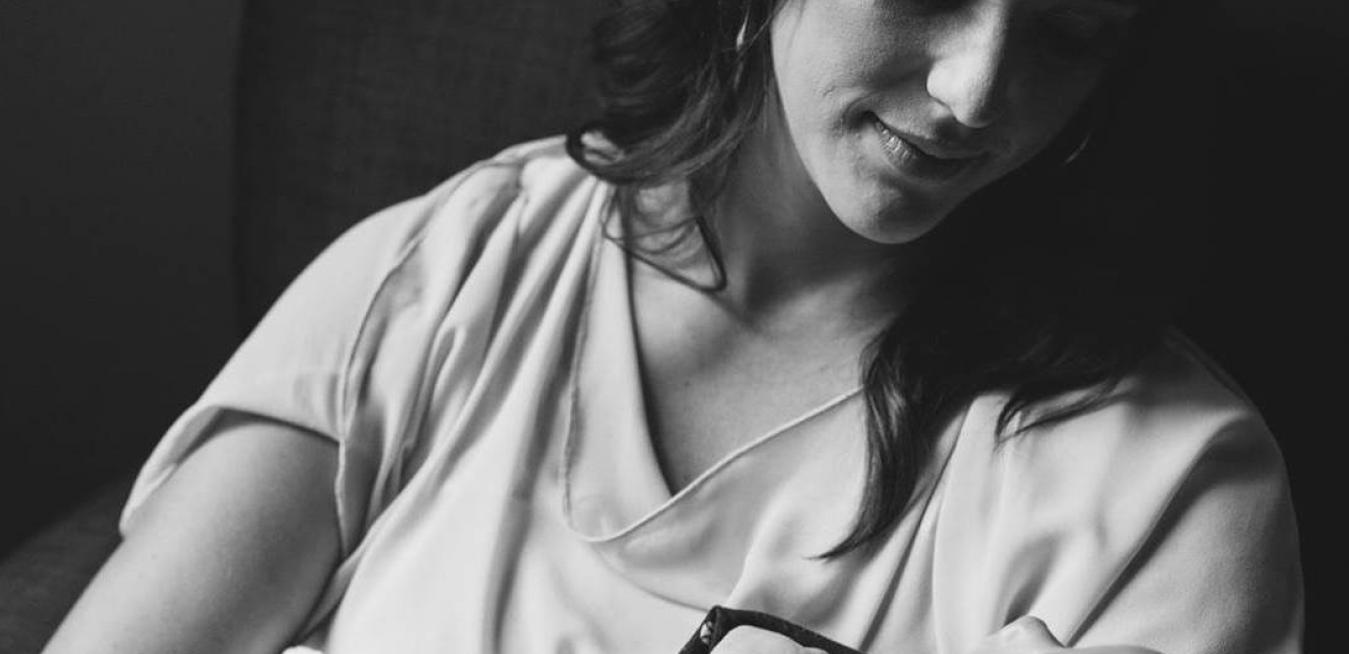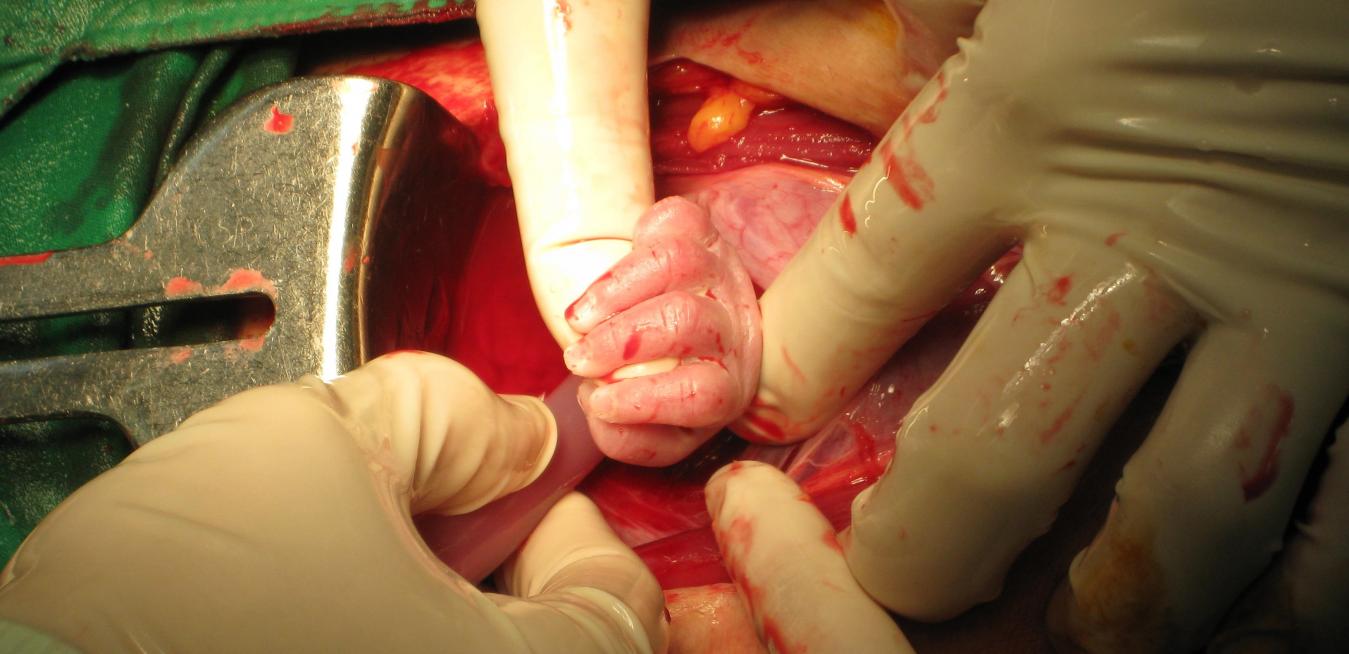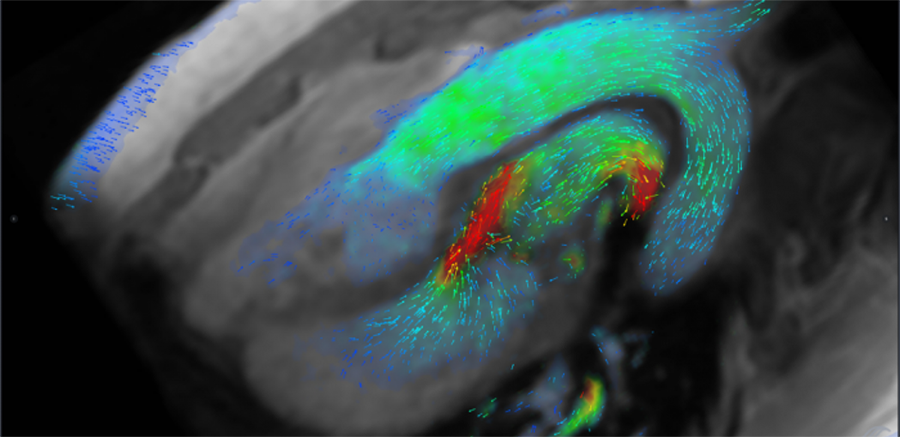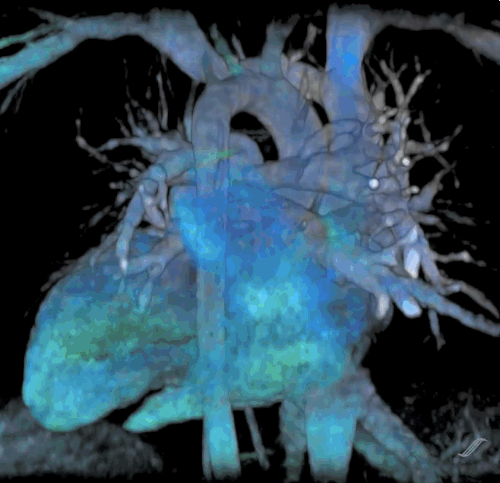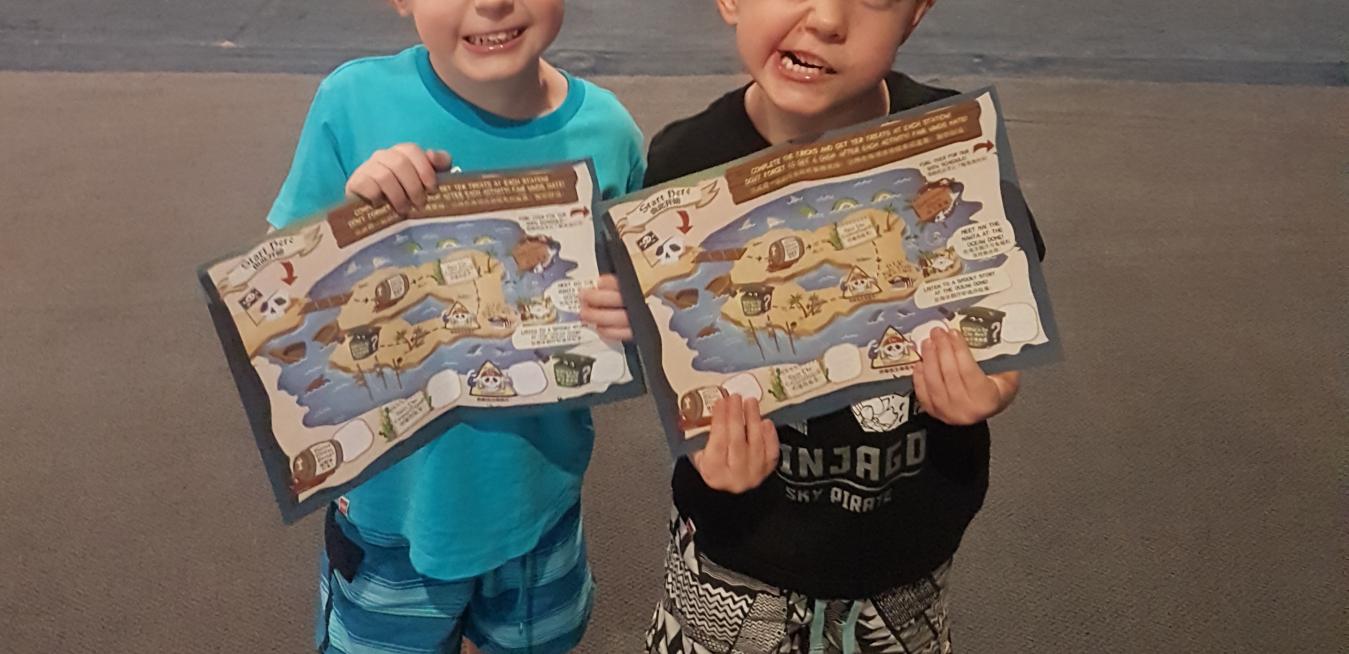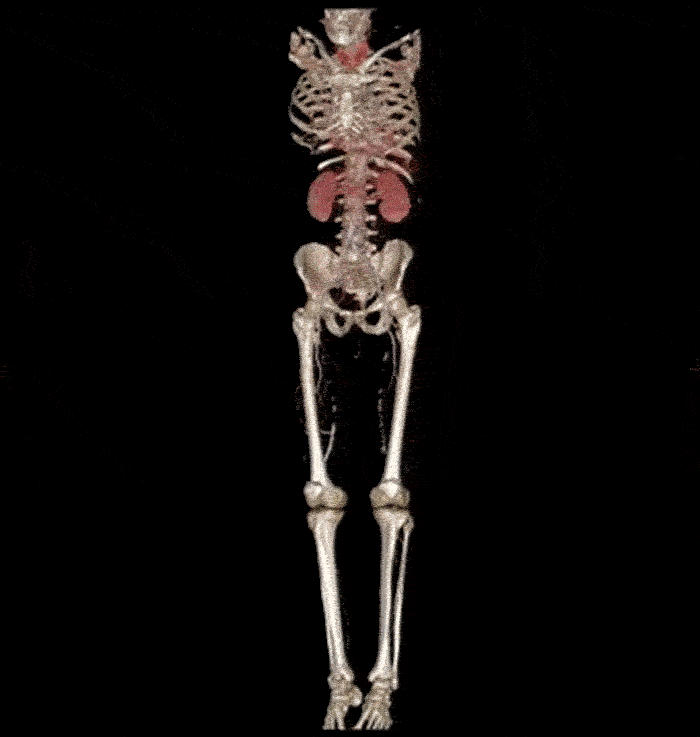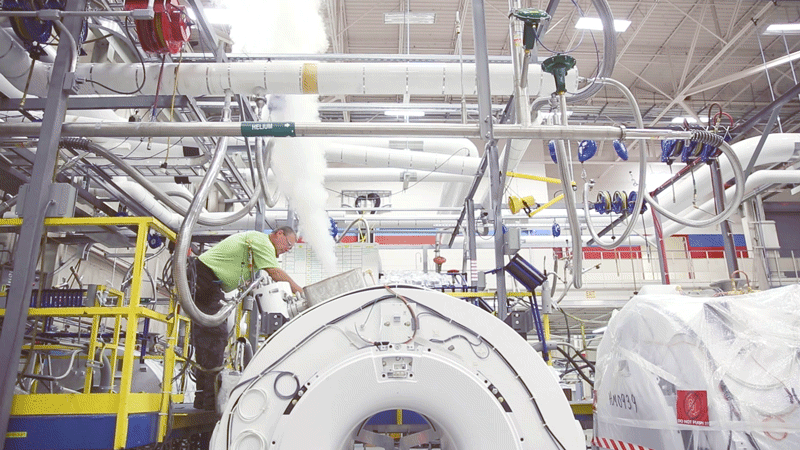Erica Endicott was almost halfway through her first pregnancy and she was feeling great. When the date rolled around for the second trimester ultrasound — a routine test doctors use to check that everything is going according to plan — she and her husband, Nate, were excited. This is the test when parents get to see their baby’s face for the first time, walking away with incredible images they will treasure for the rest of their life.
Before Albert Hsiao became a radiologist, he didn’t know performing electrical measurements in the cerebellum of rats or learning about neural networks in college would be relevant to caring for patients today. This year, the start-up he helped co-found received FDA-approval for its first Deep Learning product in the cardiac imaging space. Not only can technology like this help tackle the looming doctor shortage, it provides "some hope for us to return to our roots as medical doctors" and "to be better listeners," Hsiao writes.
In the hushed halls of the Universitario Quironsalud hospital in Madrid, there’s a new sound — the chatter of experts who are thousands of miles away helping doctors get the most out of their new high-tech diagnostic equipment.






